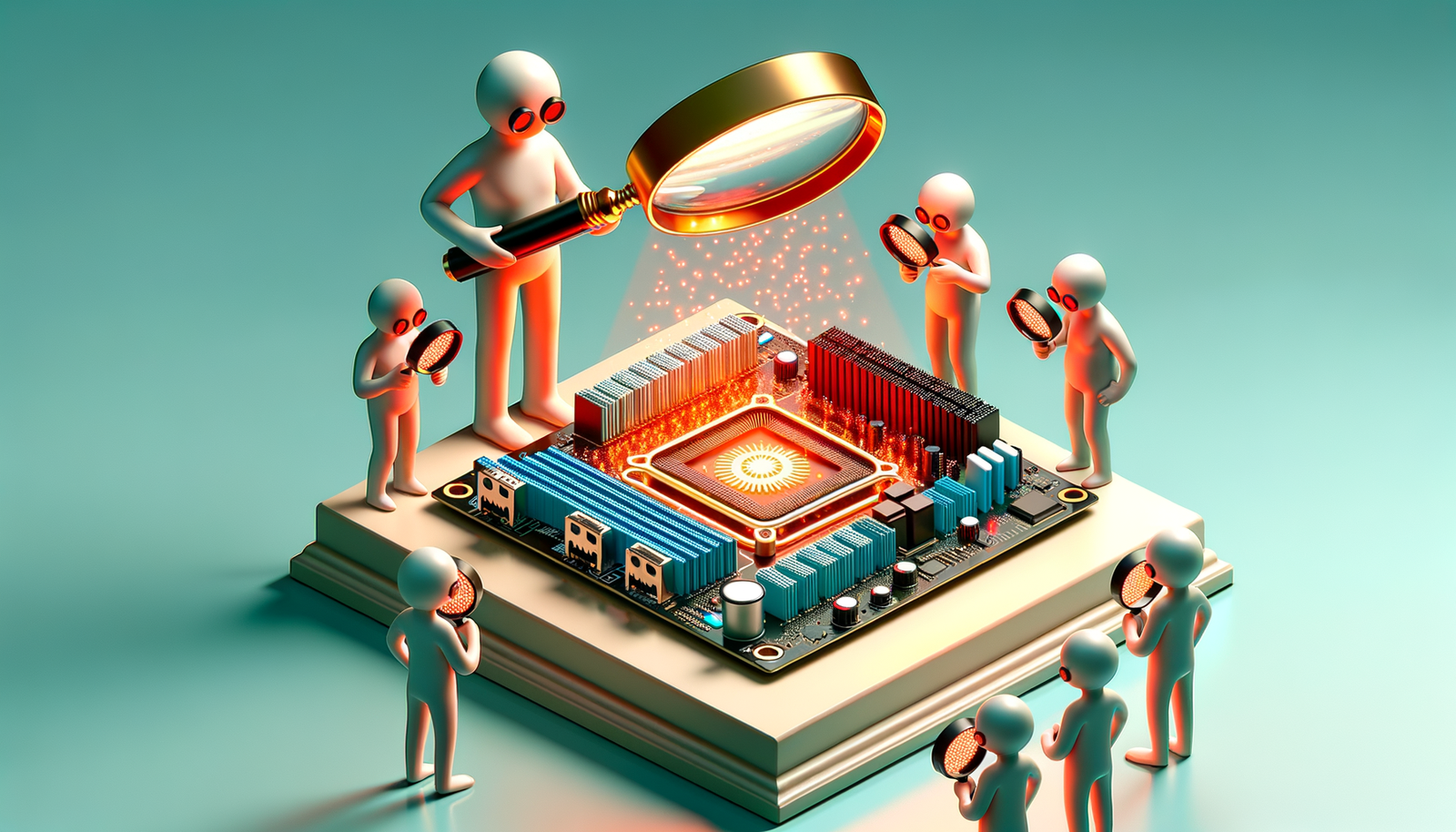Your Cart is Empty
Introduction to Charles Hull
Charles Hull, often referred to as the father of 3D printing, has made an indelible mark on the world of additive manufacturing. Hull's background in engineering and his career at UVP, Inc., a manufacturer of ultraviolet technology products, laid the groundwork for his interest in additive manufacturing. His curiosity was piqued by the challenges in rapidly creating prototypes and parts.
The Invention of Stereolithography (SLA)
The concept of stereolithography (SLA) emerged when Hull conceived a process to cure photopolymer layers using ultraviolet light. This technique allowed the creation of three-dimensional objects layer by layer. Hull's patent for SLA, filed in 1984 and granted in 1986, marked a revolutionary step in manufacturing, enabling the production of complex geometries that were previously impossible or highly impractical to fabricate with traditional methods.
Formation of 3D Systems Corporation
In 1986, Hull co-founded 3D Systems Corporation to commercialize his groundbreaking invention. The early days of 3D Systems were marked by significant challenges, including skepticism from potential investors and technical hurdles. However, the company achieved several milestones, such as the development of the SLA-1, the first commercially available 3D printer. The fledgling company's persistence and innovation paved the way for the burgeoning field of 3D printing.







